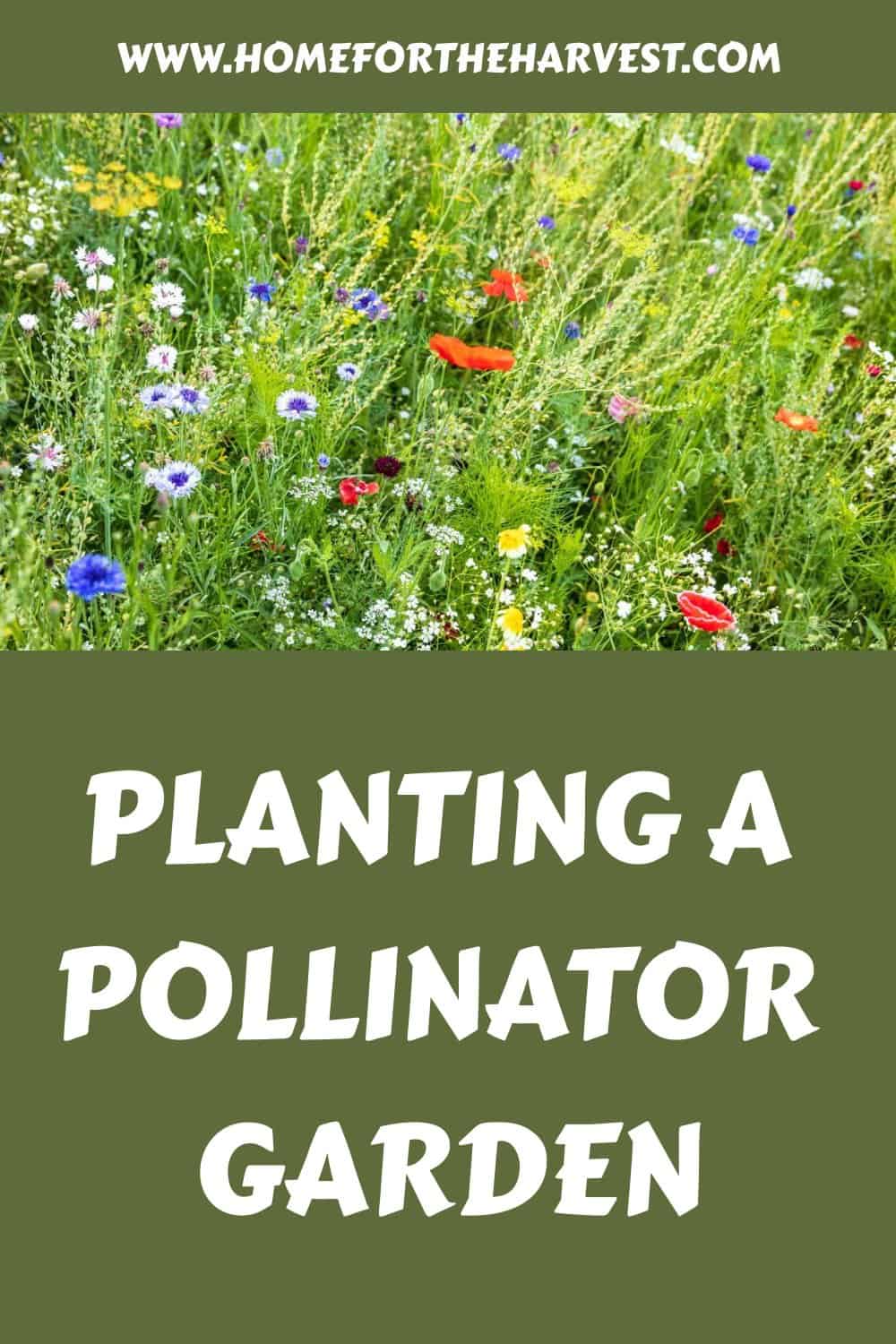Pollinator gardens are continuously rising in popularity thanks to interest in sustainability and a global push to make gardens more environmentally friendly. If you want to join this movement and start one of your own, there are a few easy steps to follow for planting a pollinator garden.
Planting a pollinator garden starts with choosing a sunny location and testing your soil. Remove harmful plants, prepare the soil, and care for the plants regularly. Then choose plants native to your area, ensuring a variety of flowers throughout the seasons and adding water sources to help local wildlife. Use environmentally friendly garden products to avoid harming pollinators. Lastly, sit back and enjoy the lively environment you have created.
Basics for planting a pollinator garden
Pollinator populations have largely been in decline for several years. This is mostly due to a decrease in livable habitats for these insects as urbanization and agriculture grow and green spaces shrink. Pollinator decline greatly impacts overall biodiversity and the survival of plants that can’t pollinate themselves.
This not only affects food production – the bulk of the concern – but also our local environments and gardens themselves. Most plants are not self-pollinating and rely on bees, butterflies, wasps, and other wildlife to survive. Without them, our landscapes would look vastly different.
That’s where pollinator gardens come in. Although large-scale change is encouraged to resolve declining populations, gardeners can still play a role in helping the pollinators in their area survive. Pollinator gardens are designed with the lifecycle of pollinators in mind, providing support in various ways to limit damage and bring life back into our backyards.
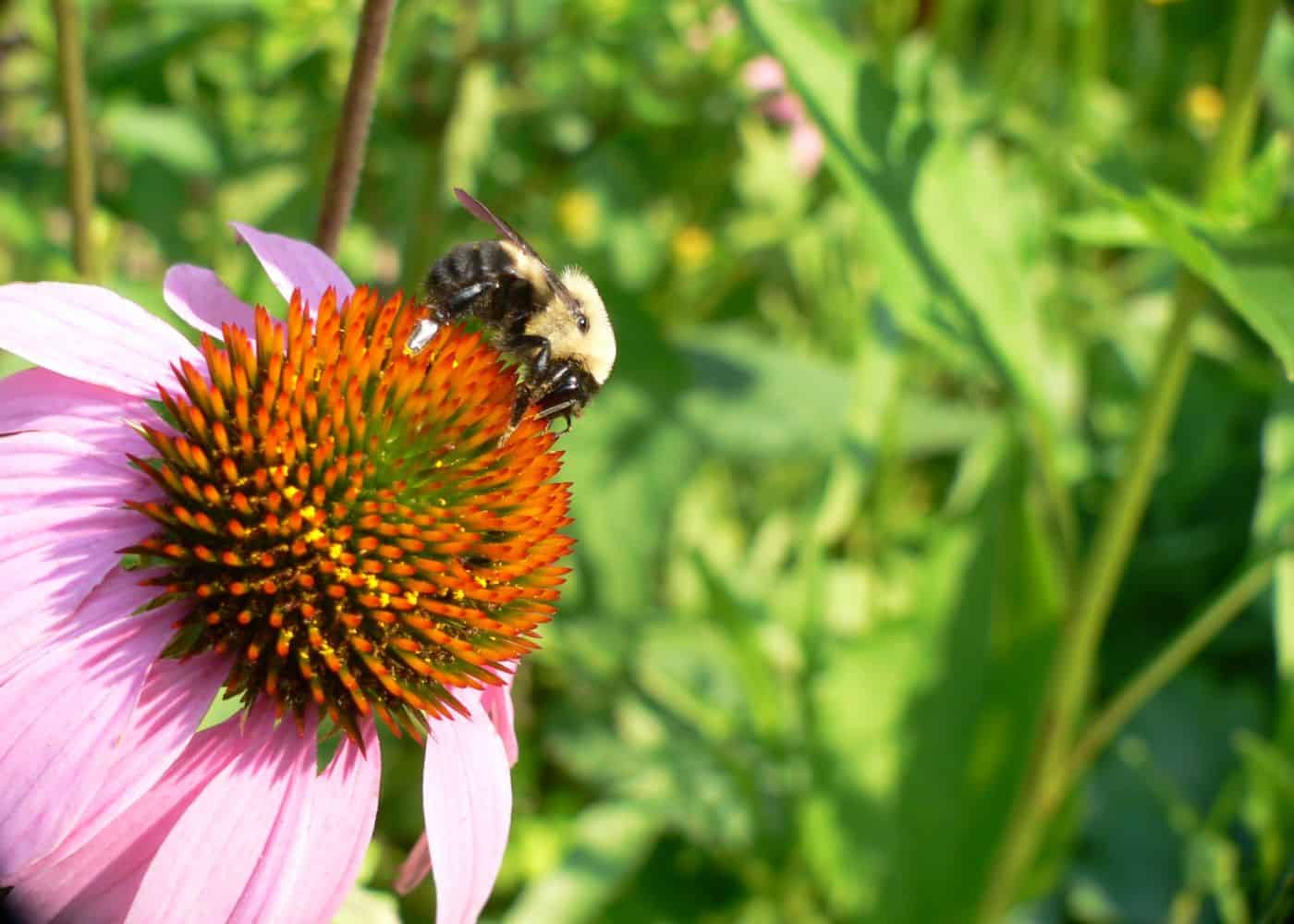
Planting a pollinator garden in 7 steps
Let’s get into the details of starting your pollinator garden.
1. Choose an ideal location
Start by choosing the space you want to dedicate to your pollinator garden. Any size is suitable, but larger areas will allow you to plant various things that boost biodiversity. Many pollinator-friendly plants require full sun positions, so find a spot with as much sun throughout the day as you can find.
If you don’t want to dedicate an entirely new space to a pollinator garden, you can mix pollinator-friendly plants into your existing landscape. Vegetable gardens can be dotted with flowering plants that act as excellent companions to draw nearby pollinators, or you can mix local plants amongst your beds or even in your container garden.
You may also want to test your soil before you get started. As soil influences plant choice and the overall performance of your garden, it’s important to assess what you’re working with and decide whether any organic amendments need to be made before planting.
2. Choose your plants
The next and arguably most important step is choosing the right plants. It’s not always as simple as picking a few favorites from a list and planting them around your garden. A true pollinator garden supports all stages of life for a variety of pollinators.
As mentioned, it’s best to stick to plants that are native to your area. Some plants commonly recommended for pollinators may not fully support those in your local environment, or worse, may actually be harmful.
Variety is also important. Flowering plants may be the go-to for most gardeners, but shrubs and trees also help pollinators and provide habitats for other local wildlife. If you have the space, choose a wide range of plants that work well together and support as many local pollinators as possible.
In addition to native plants, there are also several common garden plants often recommended for pollinator gardens to mix in with your local options:
- Echinacea: Native to the United States, coneflowers are great for various pollinators and look good throughout the seasons.
- Salvia: The various sage plants in my garden get the most attention from pollinators.
- Lavender: A great pollinator plant for warmer regions that don’t require much attention to thrive.
- Zinnia: These stunning summer plants are known for attracting pollinators and adding a pop of color to your garden simultaneously.
- Aster: Adorable flowering plants that attract bees and butterflies.
Make sure you consider the seasons when deciding on your final plants. Pollinators need support through all the seasons, so long-blooming plants are best. Choose different plants that will provide flowers from early spring all the way into fall.
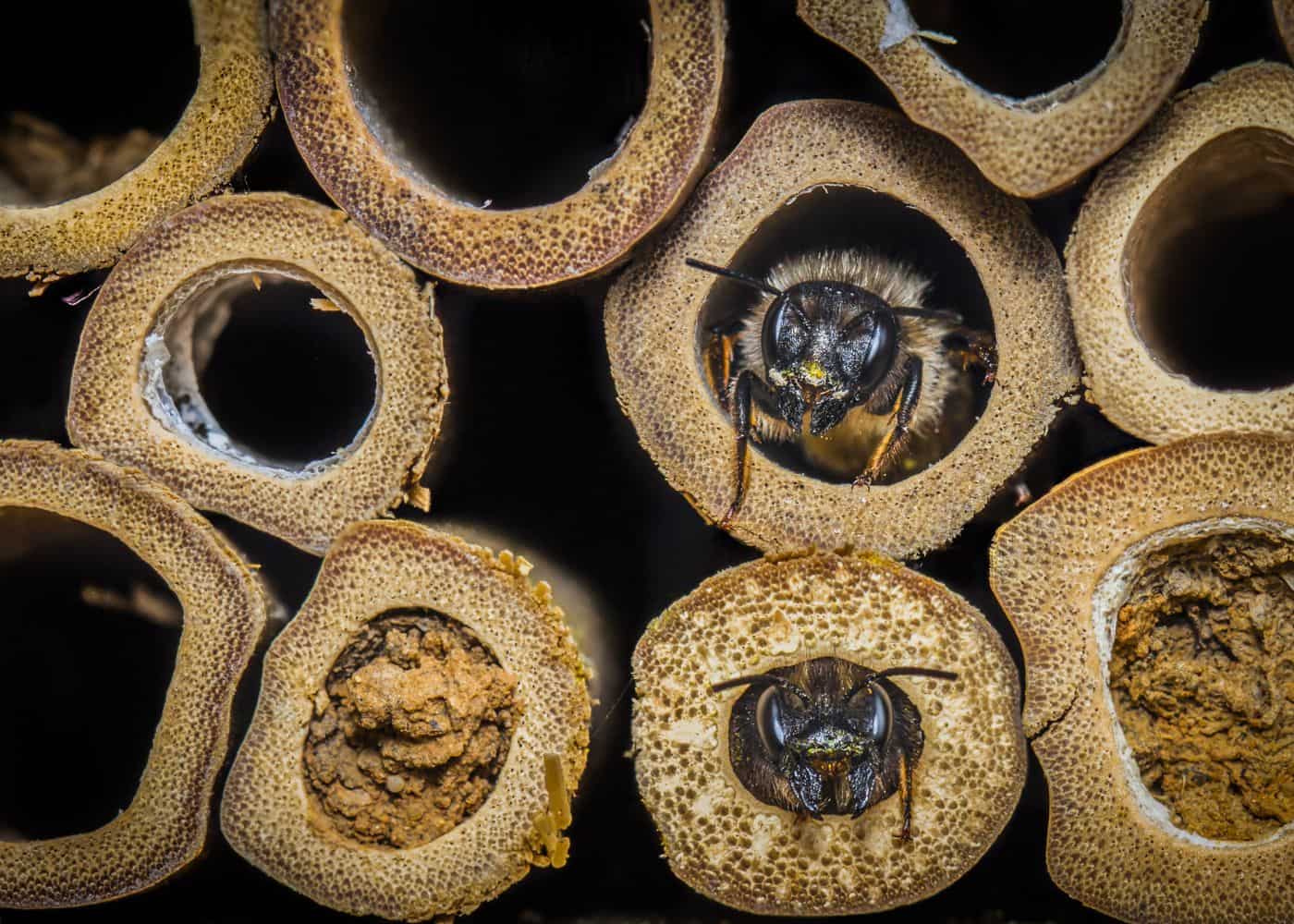
3. Add a few extra features
Plants are not the only elements you can add to a pollinator garden to help wildlife. While they are certainly important, there are a few other essentials you should consider in your design to create the perfect pollinator home.
The first is a source of water, especially in the drier months. Shallow butterfly and bee pools, deeper bird baths, and areas of muddy water for other bugs can all help sustain life in your backyard. Ensure there is a place to perch by placing rocks near and inside water pools for easy access. If they are too deep, the pollinators may not use them, and they will only attract debris.
To go the extra mile, you can also consider adding piles of wood or specialized ‘pollinator hotels’ around your garden. These areas may not look the most attractive, but they massively improve the biodiversity of your backyard. Rather than giving them a place to stop by, you’ll give them a place to stay.
One other suggestion that is quite contentious in the gardening world relates to rewilding lawns. It may not be feasible to leave your entire lawn to grow wild, but keeping part of it natural can do wonders for the pollinators in your garden. I have left a back portion of my grass to grow and it has attracted far more pollinators than my specialized pollinator garden.
4. Prepare for planting
Once you’ve decided on a final design, it’s time to implement it. Start by removing any existing plants that may be harmful to pollinators – you won’t want these nearby. Prepare the soil and remove any invasive weeds that may smother out the plants you are trying to establish.
As with any planting session, soil preparation comes next. Assess your soil quality and mix in plenty of compost before planting. Not only will this improve the growth of your plants, but it will also boost soil health and help beneficial insects we can’t always see.
After planting, add another layer of compost around the plants as mulch, helping retain moisture in the soil. Water immediately after planting to encourage the roots to settle and grow deeper into the soil.
5. Don’t forget care and maintenance
When the right plants are chosen, pollinator gardens don’t have to be high-maintenance. In fact, they can be far more low maintenance than other ornamental gardens, requiring little attention to thrive.
Regular watering is essential while the plants are becoming established. But once they are settled in, they can be watered along with the rest of your garden without extra fuss. Plants in containers will need water more often as they dry out quicker, depending on where they are placed.
Remove any harmful weeds you spot by hand and look out for pests and diseases. You can deadhead during the flowering season to encourage more blooms but don’t forget to leave some flowers to go seed to provide food for birds.
You can also tidy overgrown areas in the fall, but it’s best to leave some plant debris around for beneficial insects. Continue to add compost throughout the seasons to boost soil health.
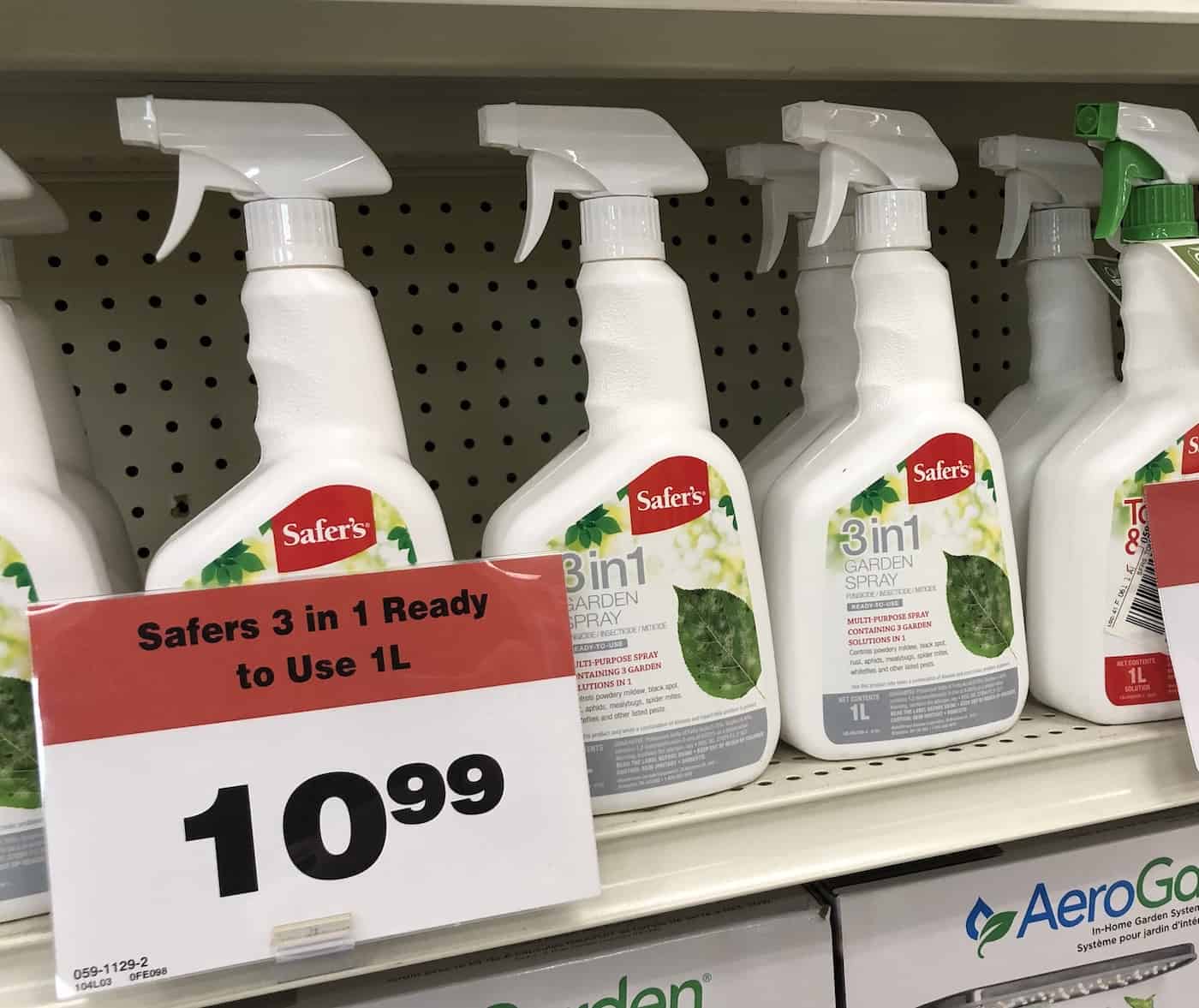
6. Choose garden products carefully
When thinking about maintenance, make sure you avoid using any products that may be harmful to pollinators and other beneficial insects in your garden. Harsh chemical products and pesticides will not only kill off pollinators drawn to your garden but also leach into water sources and impact the local environment. Check the ingredients on any products you plan to use and opt for natural pest removal methods when encountering any problems.
7. Enjoy
Once your garden is established, the only thing left to do is enjoy it. Place a bench or table and chairs nearby to soak in the buzz of life in your backyard.
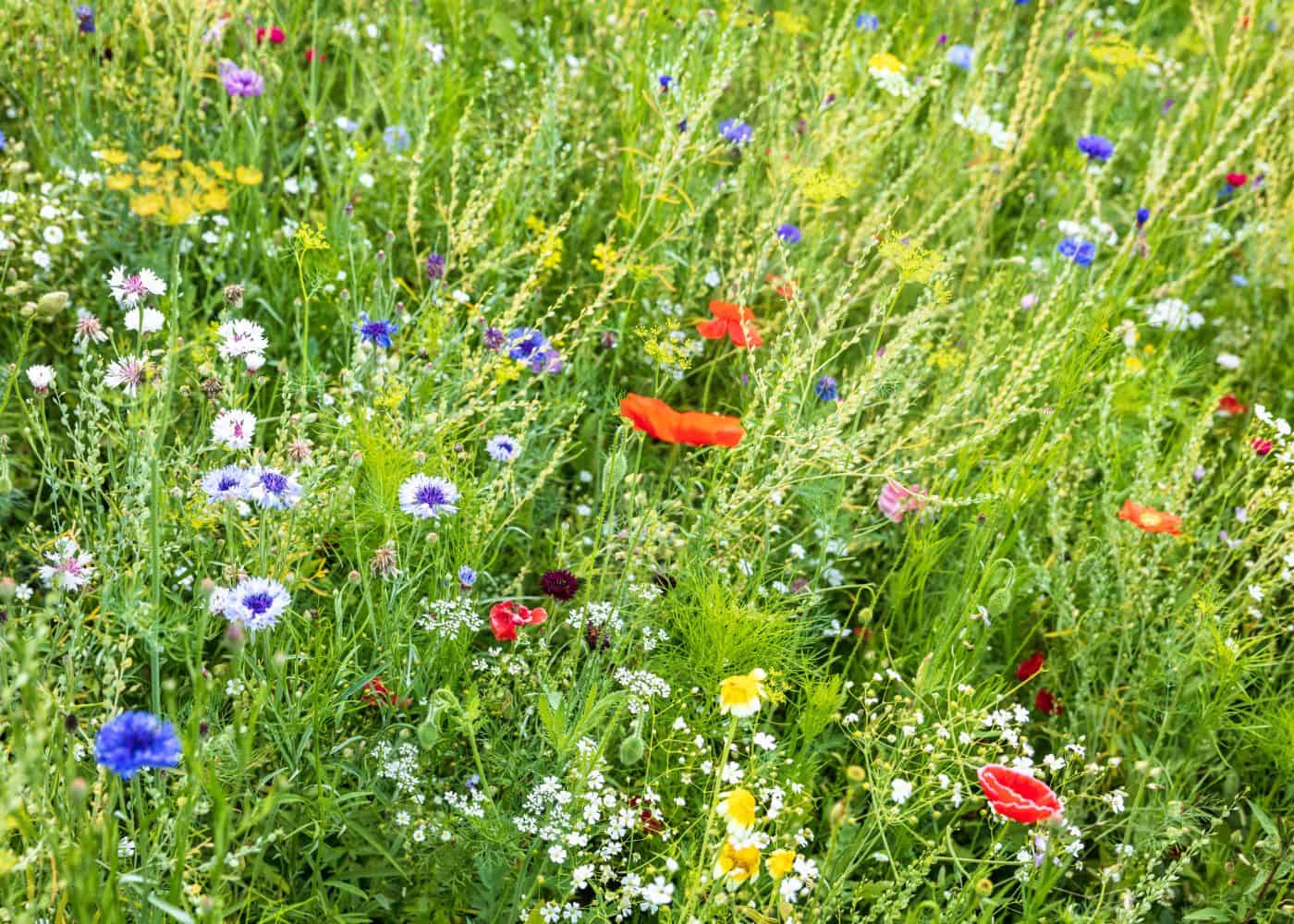
What are the benefits of pollinator gardens?
The goal of pollinator gardens is to support local pollinators, improving the performance of our plants in return. But that’s not the only benefit of these wonderful spaces. The practice of installing a pollinator garden has impacts that spread throughout your garden and in the local environment.
Firstly, pollinator gardens are visually stunning, featuring various colorful plants and blooms that gardeners love. Many of the practices overlap with good garden design, giving you an aesthetically pleasing and environmentally friendly garden in one go. They do tend toward the informal, which is on trend at the moment, but less suitable for those who love formal or traditional gardens.
An increase in pollinators and the practices involved in pollinator gardening also support the rest of the plants you may already be growing. Vegetables and fruits may yield greater harvests, and overall soil health will improve, boosting the health of your other plants.
Pollinator gardens are also good for your local environment, not just your garden alone. Recommended plants are usually native to the specific area and draw in local pollinators, improving biodiversity and encouraging the reconstruction of habitats that may have been lost due to human activity.
Ultimately, if you love gardening already, there are few reasons not to start a thriving pollinator garden.


